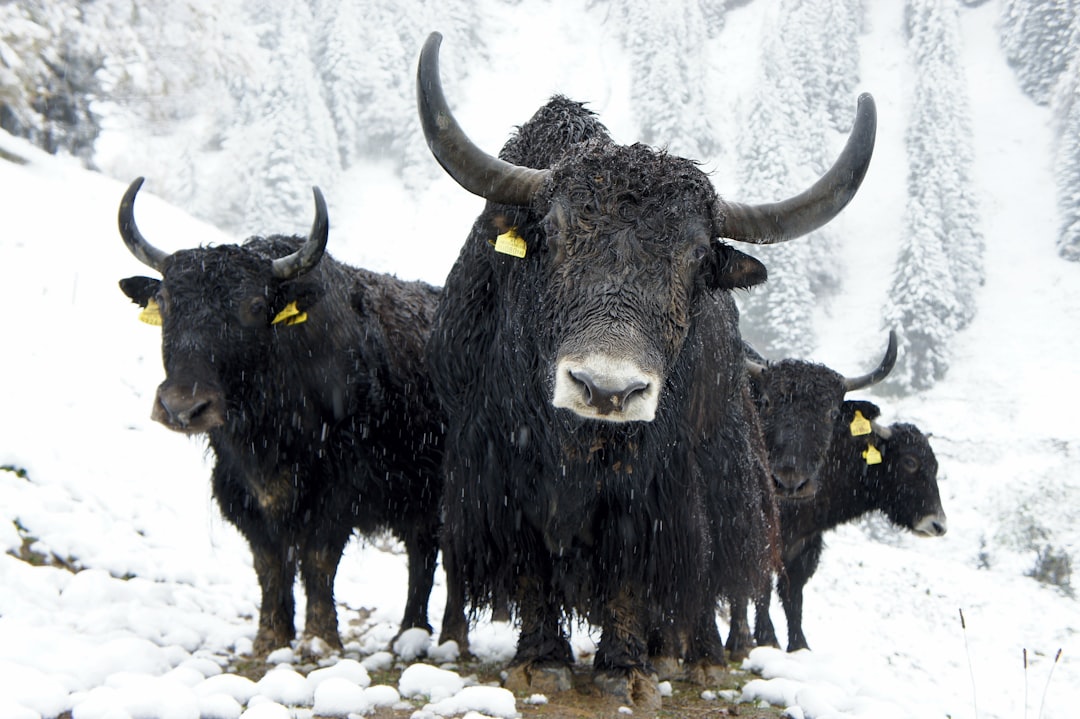Cattle farming has evolved significantly over time, with traditional and modern methods coexisting in different parts of the world. These approaches vary in their focus on productivity, environmental impact, and animal welfare. This post explores the differences between traditional and modern cattle farming practices, highlighting their advantages and challenges.
Traditional Cattle Farming
Traditional cattle farming often involves local breeds, extensive grazing systems, and minimal external inputs. This approach is common in developing countries and rural areas where resources are limited.
-
Extensive Grazing: Traditional farming typically involves grazing cattle on open pastures, which can be beneficial for maintaining biodiversity and ecosystem services. However, it may lead to overgrazing if not managed properly.
-
Local Breeds: Indigenous breeds are well-adapted to local conditions, requiring less external support and often being more resilient to diseases. However, they may produce lower yields compared to modern breeds.
-
Family-Based Operations: Traditional farming is often family-oriented, with farmers dedicating significant time to herd management. This can limit their ability to engage in other agricultural activities.
Modern Cattle Farming
Modern cattle farming emphasizes efficiency, productivity, and technology. It involves the use of improved breeds, intensive feeding systems, and advanced management practices.
-
Improved Breeds: Modern breeds are bred for higher productivity, offering increased milk or meat yields. They are often larger and more efficient in feed conversion.
-
Intensive Systems: Modern farming may involve feedlots or intensive grazing systems, where cattle are fed high-energy diets to accelerate growth. This approach can lead to faster market readiness but may have environmental drawbacks.
-
Technological Integration: Modern farming often incorporates technology such as precision agriculture tools, automated feeding systems, and data analytics to optimize production and reduce waste.
Comparison of Traditional and Modern Methods
Feature Traditional Cattle Farming Modern Cattle Farming Breed Focus Local, adapted breeds Improved, high-yielding breeds Grazing System Extensive grazing Intensive grazing or feedlots Productivity Lower productivity per animal Higher productivity per animal Environmental Impact Potential for overgrazing if not managed properly Higher environmental impact due to intensive practices Family Involvement Family-oriented operations More diverse roles for farmers Technology Use Limited use of technology Extensive use of technology for efficiencyConclusion
Both traditional and modern cattle farming methods have their advantages and challenges. Traditional methods offer environmental benefits and cultural preservation, while modern approaches focus on efficiency and productivity. As global demand for beef continues to rise, integrating elements of both systems—such as using local breeds in intensive systems or incorporating technology into traditional practices—could help balance productivity with sustainability and environmental stewardship.
Citations:
- https://www.mdpi.com/2673-933X/2/4/25
- https://straydoginstitute.org/what-is-livestock-farming-and-what-types-of-livestock-farming-are-bad/
- https://summerfieldfarms.com/cattle-raising/
- https://openknowledge.fao.org/bitstreams/15cb8917-378c-40ef-9aab-9684def0e84c/download
- https://www.britannica.com/topic/livestock-farming
- https://www.spudnik.com/13-different-types-of-farming-practices-around-the-world/
- https://www.comundos.org/en/content/comparison-between-traditional-and-modern-cattle-farming
- https://www.farmstandapp.com/3670/what-are-the-different-types-of-cattle-farming-methods/
- https://www.ilri.org/knowledge/publications/practices-traditional-beef-farmers-their-production-and-marketing-cattle

Comments
No comments yet. Be the first to comment!
You must be logged in to comment. Login